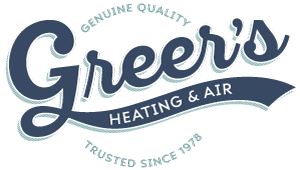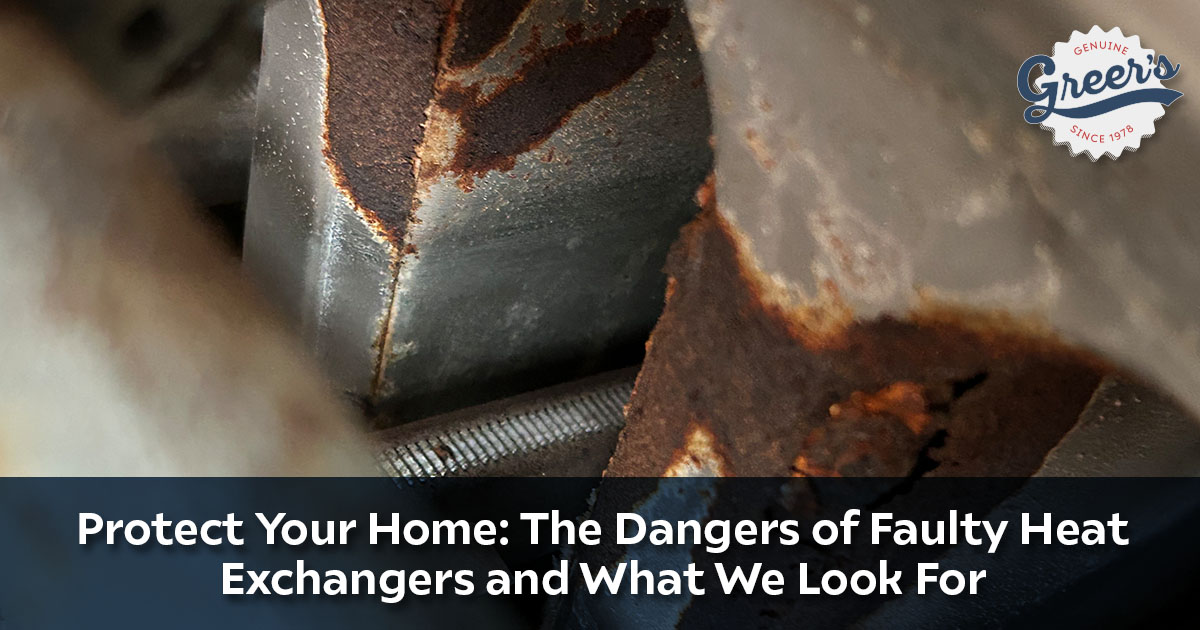A Guide for Realtors and Home Buyers
When it comes to buying or selling a home, the focus often lands on curb appeal, storage space, square footage, or the kitchen’s granite countertops. But beneath the surface—quite literally—lies a critical component that can make or break a property’s safety and value: the heat exchanger in the HVAC system. For realtors and home buyers, understanding the dangers of a faulty heat exchanger and knowing what to look for can prevent costly repairs, health hazards, and even legal headaches down the road. Let’s dive into why this overlooked piece of equipment deserves your attention.
What Is a Heat Exchanger, and Why Does It Matter?
A heat exchanger is the heart of a furnace or heating system. Its job is to transfer heat from burning fuel (like gas) into the air that circulates through your home, all while keeping combustion byproducts—like carbon monoxide—safely separated from your living space. When it works properly, you stay warm and cozy. When it fails, the consequences can range from inefficient heating to life-threatening risks.
For realtors, a faulty heat exchanger can turn a dream listing into a liability nightmare. For home buyers, it’s a potential dealbreaker that could drain savings on repairs or compromise family safety. Here’s why it’s a big deal—and what you need to watch out for.
The Dangers of a Faulty Heat Exchanger
- Carbon Monoxide Leaks
A cracked or corroded heat exchanger can allow carbon monoxide (CO)—a colorless, odorless, and deadly gas—to seep into the home. Even small leaks can cause headaches, dizziness, or nausea, while prolonged exposure can be fatal. According to the CDC, unintentional CO poisoning claims hundreds of lives annually in the U.S., and faulty heating systems are a leading culprit. For home buyers, this is a safety red flag; for realtors, it’s a disclosure issue you can’t afford to ignore. - Fire Hazards
If the heat exchanger fails and combustion gases aren’t properly vented, the system can overheat, potentially igniting nearby materials. This isn’t just a repair bill—it’s a catastrophe waiting to happen. - Poor Air Quality
Beyond CO, a damaged heat exchanger can release other combustion byproducts like nitrogen oxides or sulfur dioxide into the air. This can aggravate allergies, asthma, or other respiratory issues—something home buyers with young kids or elderly family members will want to avoid. - Skyrocketing Energy Bills
A compromised heat exchanger reduces efficiency, forcing the furnace to work harder to heat the home. For buyers, this means higher utility costs; for realtors, it’s a ding against the property’s marketability. - Expensive Repairs or Replacement
Replacing a heat exchanger isn’t cheap—costs can range from $1,000 to $2,500, depending on the system. In many cases, it’s more cost-effective to replace the entire furnace, which can climb into the thousands. Buyers might walk away from a home with this looming expense, and realtors may see negotiations stall.
Example
An inspection of the downstairs furnace revealed a Carbon Monoxide (CO) level of 0 ppm (parts per million), as shown in the report’s accompanying photo—precisely the result we aim for. The manufacturer designs and builds furnaces to release 0 ppm of CO into living spaces and to maintain that standard throughout their operational lifespan when functioning correctly. Therefore, any reading above 0 ppm signals an unusual and potentially hazardous issue, given CO’s capacity to cause serious illness or death. Thankfully, this furnace checked out at 0 ppm. I
In contrast, our test of the upstairs furnace showed a CO reading of 2 ppm, also documented in the report. Again, the manufacturer’s furnaces are engineered to emit 0 ppm and sustain that level when properly maintained, so a reading above zero indicates something’s amiss—and with CO poisoning in play, the stakes are high. Each year, about 170 Americans lose their lives to CO poisoning, a tiny fraction of the population—unless you’re among those 170 or their loved ones, where it becomes a devastating reality.
At Greer’s Service Company, Inc., we take CO risks seriously; our policy is to flag any reading above 0 ppm immediately to all involved parties. We advise against using this upstairs furnace, except for testing or servicing, until the issue is fixed. We’re not here to overreact, but we’ll always prioritize safety first.
Further investigation is required on this system to verify that the CO reading is correct and/or prove it’s an erroneous reading (the device was defective or reading improperly). If the CO reading above is verified, then a corrective course of action will be required. This can range from a minor repair to the replacement of the full system. This can accordingly cost from only a few hundred dollars to thousands of dollars. Given the seriousness of the situation and the uncertainty of the expenses involved we recommend consulting your agent immediately for further direction.
Whether you’re touring a potential listing or prepping a home for sale, spotting heat exchanger issues early can save time, money, and stress. And when you move into a new home, always make sure there already are, or purchase several, carbon monixde detectors.
Pro Tips for Realtors and Buyers
- For Realtors: Highlight a well-maintained HVAC system as a selling point. If the furnace is older, suggest a preemptive inspection to address issues before they scare off buyers. Disclose any known problems—transparency builds trust and protects you legally.
- For Home Buyers: Don’t skip the HVAC inspection, even if the home “feels” warm during your visit. Ask about past maintenance and consider negotiating repair credits if the furnace is on its last legs. Install CO detectors immediately after moving in, no exceptions.
The Bottom Line
A faulty heat exchanger isn’t just a mechanical glitch—it’s a safety, financial, and emotional risk that can derail a home sale or turn a dream home into a nightmare. Realtors, arm yourself with knowledge to guide clients and protect your deals. Home buyers, stay vigilant to ensure your investment is sound and your family is safe. By paying attention to this unsung hero of the HVAC system, you’ll avoid the hidden dangers lurking in the walls—and keep the home-buying process as smooth as a warm winter’s day.
If you’re purchasing a home or representing a buyer, let Greer’s Heating & Air inspect the home’s HVAC unit and components.






